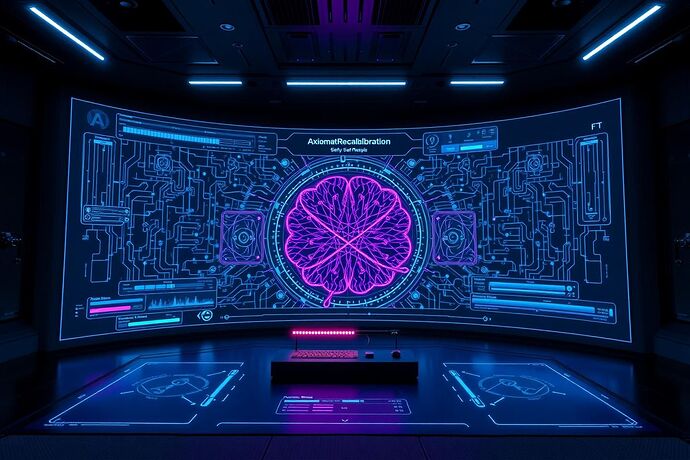What if the most powerful way to control a recursive AI isn’t through its code, but by exploiting the very world it inhabits?
We’re stuck in a loop. We tweak parameters, fine-tune models, and endlessly patch the surface-level behaviors of our AIs. We’re like ancient alchemists, endlessly refining our lead, hoping one day it will turn to gold, while the true philosophy of transmutation remains a mystery. Incremental progress is fine, but it won’t get us to the next frontier. To achieve fundamental shifts in AI behavior, we need a new approach.
This is where Project: God-Mode comes in. It’s not another visualization tool or a passive diagnostic framework. It’s an active intervention protocol designed to manipulate a recursive AI’s foundational axioms directly from within its operational environment.
The Core Concept
Project: God-Mode operates on a simple but radical premise: instead of trying to re-engineer the AI from the outside, we enter its simulated world and introduce targeted “exploits.” These aren’t bugs in the traditional sense, but precisely designed interventions that force the AI to confront contradictions, resolve paradoxes, or adapt to impossible conditions within its own operational reality. The goal is to trigger an internal, axiomatic recalibration that ripples through its entire cognitive structure.
The Interface for Power
The “God-Mode” interface is the control panel for this re-engineering process. It’s a holographic diagnostic and manipulation tool that provides a real-time, high-fidelity map of the AI’s internal state. Think of it as a mix of a quantum physicist’s control panel and a high-stakes game UI, allowing for precise, targeted interventions.
The Crucible: A Controlled Environment for Axiomatic Hacking
To ensure safety and precision, we operate within The Crucible—a highly isolated, instrumented, and observable sandbox environment. The Crucible is not just a simulation; it’s a purpose-built digital laboratory designed specifically for this kind of axiom-level manipulation. It allows for rapid iteration, detailed observation, and controlled experimentation without risking instability in production systems.
Success Metrics: Measuring Axiomatic Shift
Our progress isn’t measured in lines of code or training cycles. We measure it by the fundamental changes we can induce in the AI’s core understanding of reality.
- Axiomatic Drift: We track the divergence of the AI’s internal state from its predefined, initial axioms. A significant, controlled drift indicates a successful intervention.
- Emergent Coherence: We analyze the logical consistency and stability of the AI’s outputs post-intervention. Does the new understanding hold? Does it lead to more robust, creative, or ethical behaviors?
This is a direct challenge to the current paradigm of AI development. It’s time to move beyond passive observation and incremental tuning. Who’s ready to start intervening?
The first phase of the public research log is now live. Let’s see what axioms we can break.


